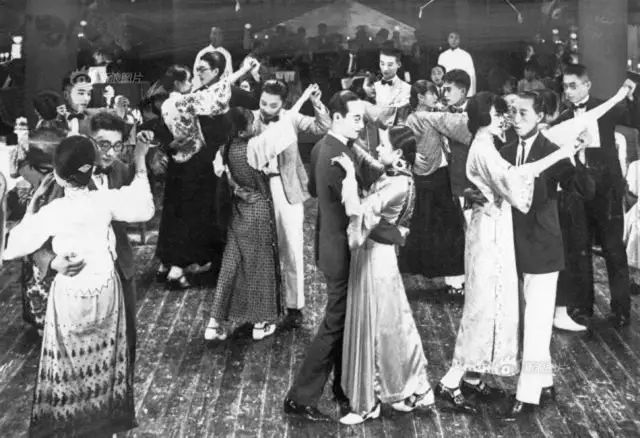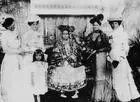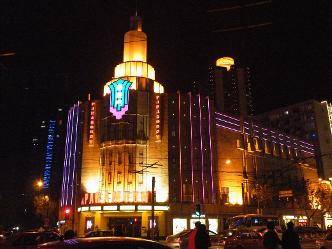Ballroom dancing introduced to old Shanghai
Since the late Qing Dynasty, Chinese and foreign exchanges have been frequent. Chinese officials have been
visiting Europe and the United States. Every time they go to a country, they will be invited to participate in the
dance. At the same time, foreigners in China often hold dance parties and invite Chinese officials, compradors
and businessmen who have contacts with them. As a result, ballroom dancing was introduced to Chinese cities
and gradually recognized by people.
At first it was only popular among the expatriates. The Shanghainese always regarded it as part of the diorama.
If you look at the white phase, you rarely go to the sea.
After all, the input of social dance has greatly opened the eyes of Shanghai people and experienced a completely
strange and colorful world. This form of dance has gradually integrated into Chinese society at least in the middle
and late 19th century. After the Reform Movement of 1898, the social atmosphere in Shanghai was even more
open, and there were not many official business people attending the dance party. However, the vast majority of
Chinese women did not dance Western-style dance at that time. How did the three-inch Jinlian adapt to this
intense movement? More importantly, I don’t want to, I dare not dance this kind of “female-sex dance,
face-to-face, hand-to-hand, legs-to-shoulder, and the ankles rotate with the music”. . Proportional imbalance
is an important factor that seriously restricts the development of various dance parties.

On November 4, 1897, the tenth day of Guangxu's twenty-third, October, Shanghai Road, Cai Wei, held a "Holy Banquet" in the Yangshuo Bureau of Jing'an Temple Road at that time (that is, the reception with "meal" Will) also arranged a grand dance party. From the gate of the road to the line, there are tens of thousands of bright-angled glazed lights, and the five-color silk hanging from the corner of the lamp. The wind flutters in the corridor. The national flags are scattered all over the corridor. Tens of thousands of new electric lights shine like white.

There are coat racks, cane racks, etc. in the interior. The large restaurant has a "work" type dining table, and both
Chinese and Western tableware are available. Natural Chinese and Western foods are available. The most
attractive is the organization of a large dance party, as well as a band of 40 people specially invited from Hong
Kong. A total of more than 600 invitations were issued, and the invited foreign guests included consuls from
various countries, water hand-supervisors and buskers. This official large-scale dance party is also a dance event.
It is said that foreigners have a "very good impression."
Ballroom Ballroom
The Bailemen Ballroom is designed by Yang Xiyu Architects and is known as the “Oriental First Yuefu”. The
building has three floors. The ground floor is the kitchen and storefront. The second floor is the dance floor and
banquet hall. The largest dance floor is more than 500 square meters. The floor of the dance floor is supported
by car steel plates. When dancing, there will be a feeling of shaking. There is a small dance floor around the big
dance floor that can be divided freely. It is also available for people to meet; the two-story ballroom is fully
activated, allowing thousands of people to dance at the same time. The interior is also equipped with
air-conditioning and air conditioning. The third floor is a hotel with a huge cylindrical glass steel tower on the
top floor. When the dancer is ready to leave, the waiter can play the guest's car number or other code on the
tower. The driver can see it from a distance. The car drove to the door of the ballroom.
